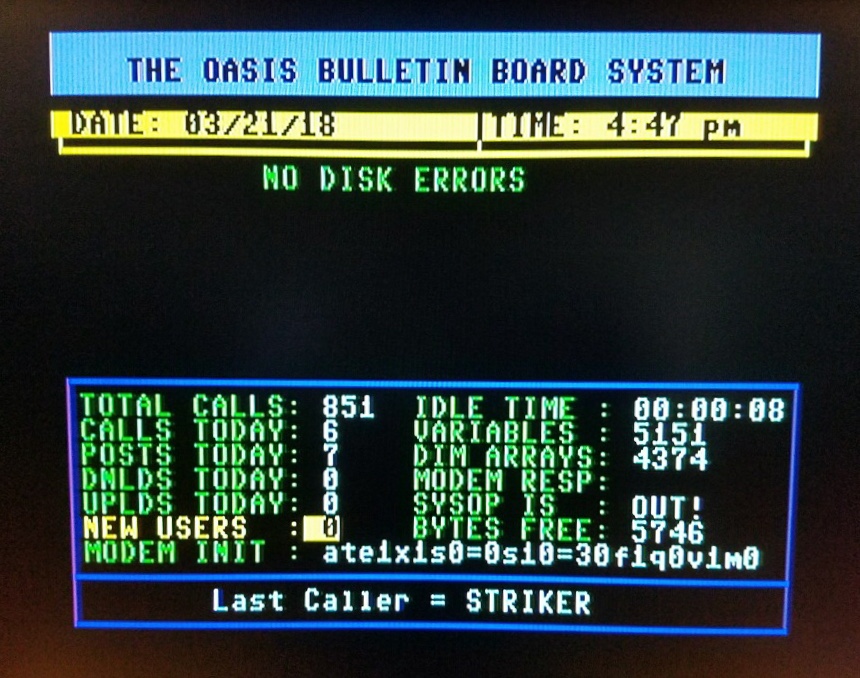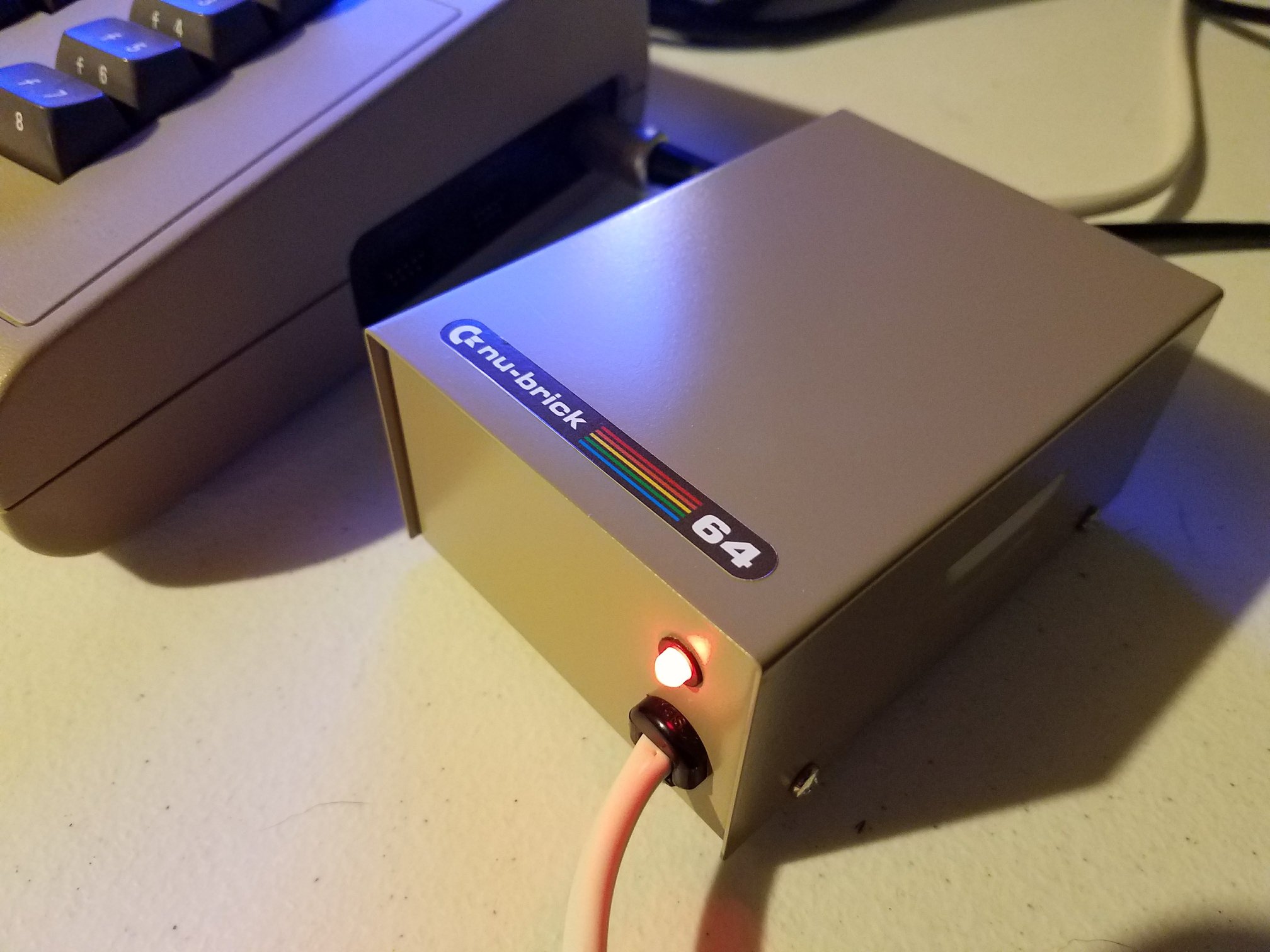In this video, Arctic Retro is doing something different. Tommy tries out a new developer kit for programming the Commodore 64 with C# and Visual Studio or VS Code. The project, called RetroC64, opens a new path for developers who want to write C64 code using modern .NET tools while keeping the retro flavor intact.
With RetroC64, programmers can build, assemble, run, and debug 6510-based software directly inside their familiar C# environment. That means no more juggling emulators, cross-assemblers, and old utilities—just clean, integrated development with the tools used every day.
What RetroC64 Offers
RetroC64 gives developers a unified workflow for C64 coding. Once installed, it provides:
- A fluent assembler layer. Write 6502 assembly in C#, with labels, data sections, and organized memory management handled automatically.
- Fast build and deploy. After adding the RetroC64 NuGet package, type
dotnet watch --runto build, run, and reload code instantly in the VICE emulator. - Sprite and sound support. Developers can generate sprites, load and play SID music, and manage graphics registers without leaving their editor.
- VS Code debugging. Breakpoints, memory views, register states, and disassembly windows are available just like any .NET project.
- Disk image creation. Projects can compile into D64 disk images or PRG files that work on real hardware or emulators.
Tommy notes in the video that the SDK runs on Windows, macOS, and Linux. The combination of Visual Studio Code and the VICE emulator makes testing seamless across platforms.
Getting Started the Easy Way
Tommy walks through setup using Visual Studio Code. After installing the .NET SDK 9.0, the RetroC64 VS Code extension, and the VICE emulator, developers can create a console project and import the RetroC64 package.
He demonstrates a simple “Hello BASIC” program written in C#. The code inherits from a base class called C64AppBasic, which handles the low-level details. Within minutes, the classic blue C64 screen appears, and the message “Hello from Arctic Retro” pops up—proof that the workflow works.
Tommy also experiments with assembly programming, changing border and background colors through code. The SDK provides constants for VIC-II registers like VIC.BORDER_COLOR or VIC.BACKGROUND_COLOR, removing the need to memorize memory addresses.
Beyond BASIC and Assembly
RetroC64 isn’t limited to text output. Tommy showcases examples that draw sprites and play SID music directly through C#. One example generates multiple colorful sprites using high-level draw commands instead of bitmap data. Another loads a SID file and plays it through a built-in audio routine that interfaces with the emulator’s sound system.
For developers who want to go deeper, the SDK even supports debugging within Visual Studio. Tommy sets breakpoints, inspects variables, and steps through execution, all while watching the emulator react in real time.
The smooth feedback loop—edit, save, run, debug—feels surprisingly modern for a system born in 1982.
Why RetroC64 Matters
RetroC64 bridges decades of technology, allowing C# developers to explore one of computing’s most beloved systems without abandoning their comfort zone. Instead of old assemblers and manual file handling, everything lives inside a familiar IDE.
Tommy points out that while you still need to understand C64 memory and registers, this SDK lowers the barrier dramatically. It lets programmers focus on creativity rather than setup headaches. For veterans, it’s a nostalgic rediscovery. For newcomers, it’s a practical entry point into 8-bit coding.
Final Thoughts from Arctic Retro
Tommy closes the video by reflecting on how RetroC64 might inspire more programmers to experiment with the Commodore 64 again. Whether you prefer BASIC-style scripting or hardcore assembly, the SDK makes it simple to get started and see immediate results.
He also hints that future Arctic Retro videos may explore more advanced features, such as integrating SID music players or exporting D64 disk images for use on real hardware.
For anyone intrigued by retro systems but fluent in C#, RetroC64 offers the perfect playground to bring new life to an old classic.
Watch the full Arctic Retro video to see Tommy’s experiments in action and maybe catch the spark to code your own Commodore 64 project next.







